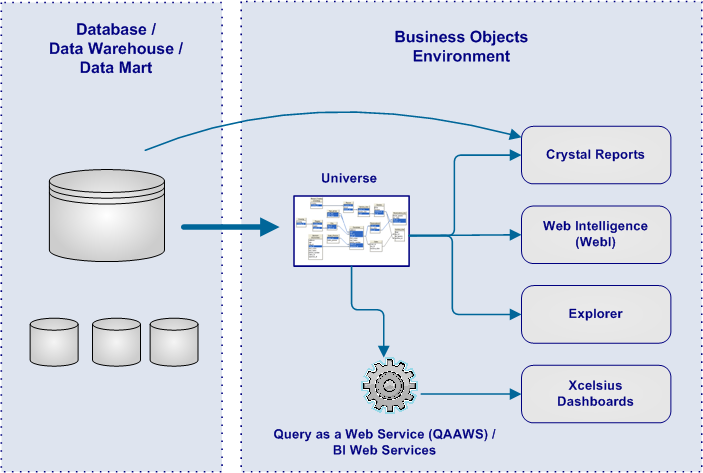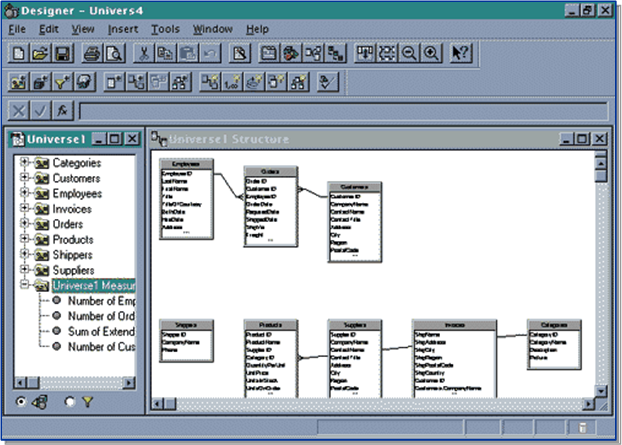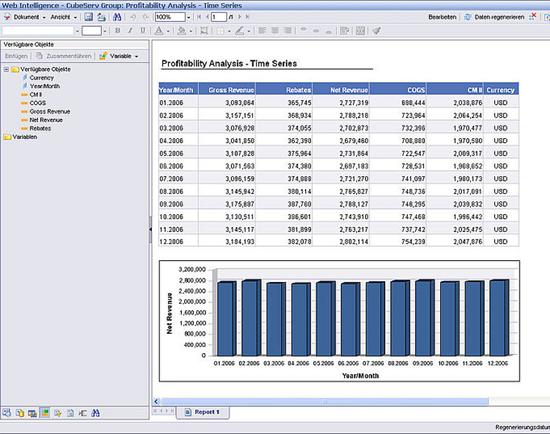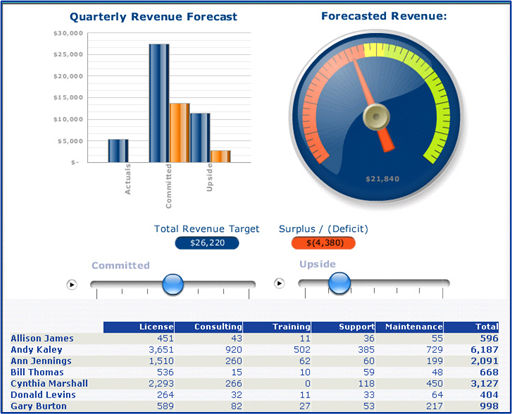Crystal Reports is an operational reporting environment and component of the SAP BusinessObjects suite of products. Fundamentally, it is a tool that enables report authors to easily design interactive reports and connect them to virtually any data source. It is the ideal solution for canned or published reports as it allows for the creation of high-fidelity, pixel-perfect reports. Additionally, end-users benefit from on-report sorting and filtering – giving them the power to execute decisions instantly.
More details and graphics of Crystal Reports can be found on the Portfolio Page.
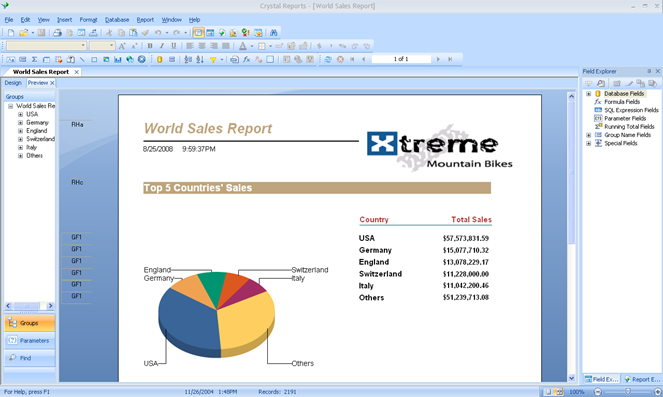
Crystal Reports – Sample Report in Designer Tool
With Crystal Reports, report authors and end-users can leverage an intuitive interface, access data spread across multiple systems, design reports with guided interactivity, and embed reports within both client-server and web applications. Crystal Reports can be used for report design, application development, and web report delivery.
Read more



